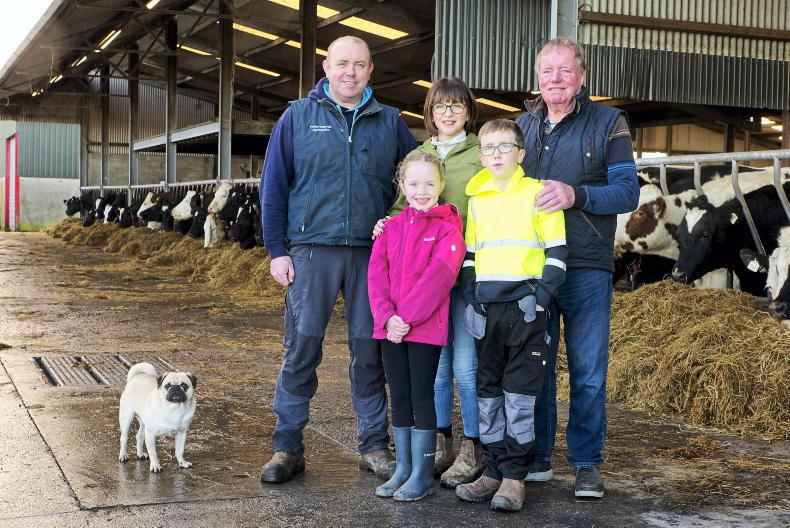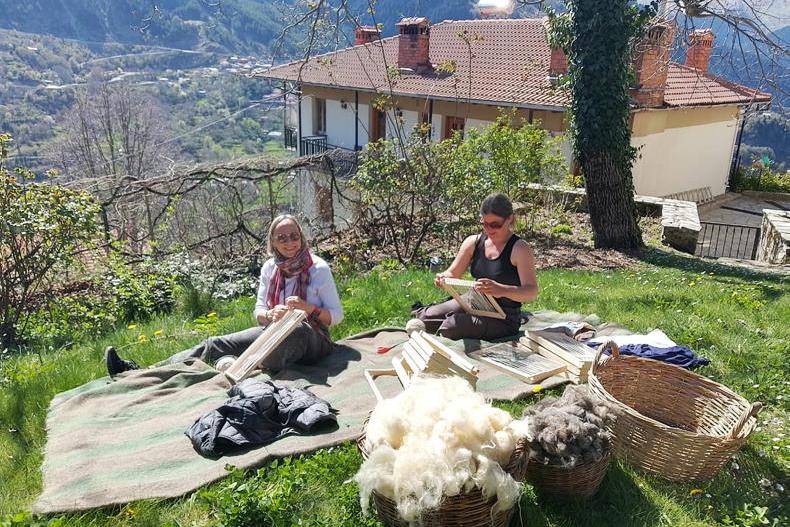The bread wheat genome sequence has been famously difficult to sequence given its hybrid structure, but scientists have now managed to categorise the sequence and believe it could "drive disruptive innovation" in wheat production.
Wheat has lagged behind, primarily owing to the challenges of assembling a genome
The International Wheat Genome Sequencing Consortium (IWGSC) has carried out in-depth analysis of the wheat gene and assembled a detailed structure of the gene content and its sub-genomes.
Wheat is vitally important in feeding the growing human population and the ability to chart its gene sequence could improve crop yields through gene editing.
“Wheat has lagged behind, primarily owing to the challenges of assembling a genome that is more than five times as large as the human genome, polyploid, and complex, containing more than 85% repetitive DNA,” the IWGSC writes in the Science journal.
“This community resource establishes the foundation for accelerating wheat research and application through improved understanding of wheat biology and genomics-assisted breeding.”
Gene editing in Europe
However, it remains to be seen whether this will have any impact on wheat crops in Europe.
A recent ruling from the European Court of Justice deemed that gene-edited organisms should be subject to the same restrictions as conventional genetically modified organisms.
It is therefore unlikely that European researchers will be able to lead the charge on agricultural wheat innovation and Europe may be at risk of getting left behind other countries who can advance their research into gene editing freely.
Read more
Tillage management: early harvest brings other opportunities
Trump reverts to soya bean politics
The bread wheat genome sequence has been famously difficult to sequence given its hybrid structure, but scientists have now managed to categorise the sequence and believe it could "drive disruptive innovation" in wheat production.
Wheat has lagged behind, primarily owing to the challenges of assembling a genome
The International Wheat Genome Sequencing Consortium (IWGSC) has carried out in-depth analysis of the wheat gene and assembled a detailed structure of the gene content and its sub-genomes.
Wheat is vitally important in feeding the growing human population and the ability to chart its gene sequence could improve crop yields through gene editing.
“Wheat has lagged behind, primarily owing to the challenges of assembling a genome that is more than five times as large as the human genome, polyploid, and complex, containing more than 85% repetitive DNA,” the IWGSC writes in the Science journal.
“This community resource establishes the foundation for accelerating wheat research and application through improved understanding of wheat biology and genomics-assisted breeding.”
Gene editing in Europe
However, it remains to be seen whether this will have any impact on wheat crops in Europe.
A recent ruling from the European Court of Justice deemed that gene-edited organisms should be subject to the same restrictions as conventional genetically modified organisms.
It is therefore unlikely that European researchers will be able to lead the charge on agricultural wheat innovation and Europe may be at risk of getting left behind other countries who can advance their research into gene editing freely.
Read more
Tillage management: early harvest brings other opportunities
Trump reverts to soya bean politics










SHARING OPTIONS